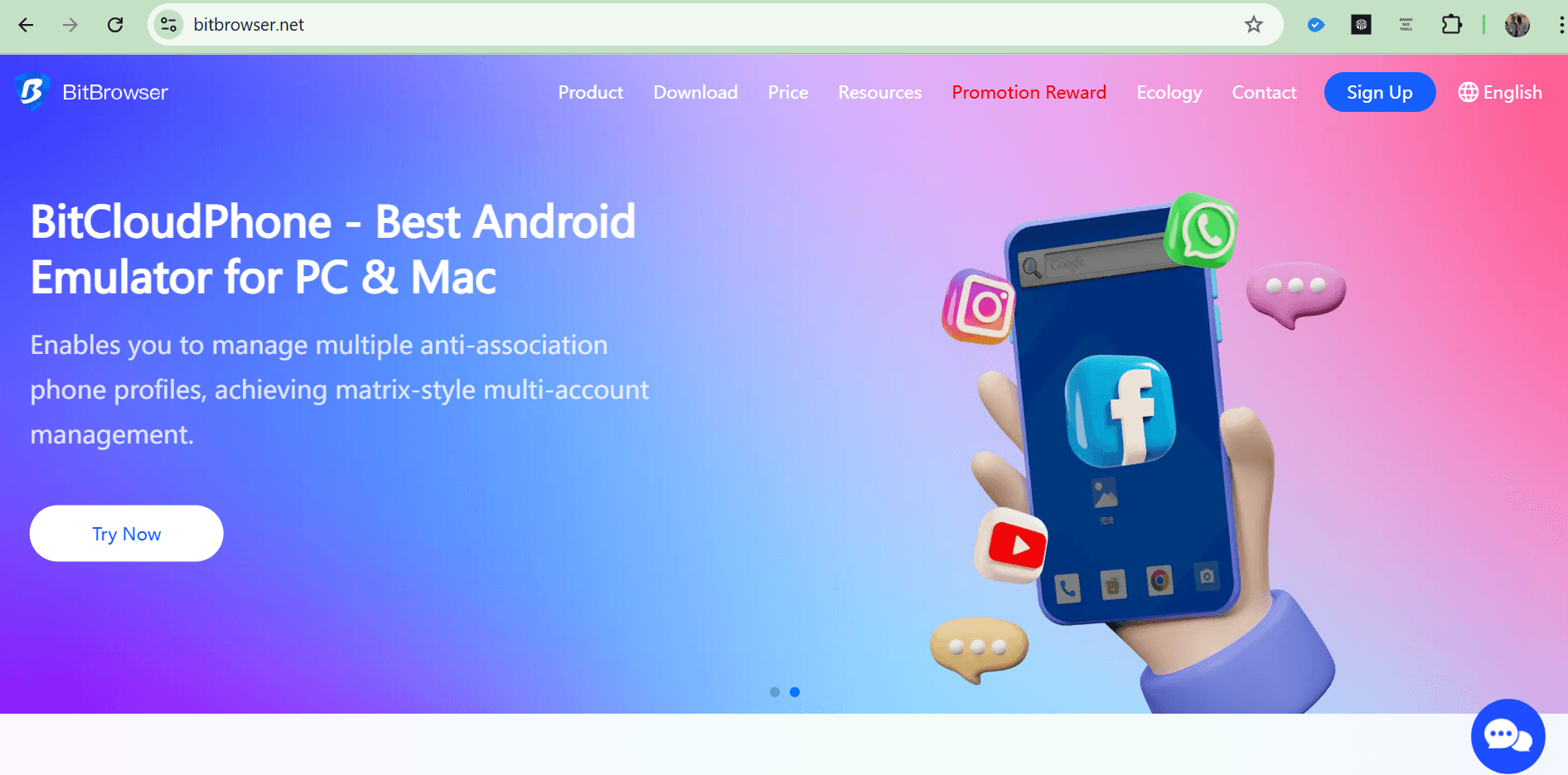


How to Scrape a Seller’s Products on Amazon: Top 5 Methods That Work in 2025
 2025.06.12 20:45
2025.06.12 20:45In 2025, scraping Amazon data is more than just pulling product listings it's about managing multiple accounts, bypassing anti-bot systems, and doing so anonymously. Whether you're in e-commerce, crypto, or juggling multiple social media accounts, having the right setup is crucial.

Amazon is notoriously difficult to scrape due to strict IP monitoring, CAPTCHA challenges, and advanced fingerprinting detection. This guide not only walks you through five proven methods to scrape Amazon seller data but also integrates anti-detect browser tools, anonymous browsers, and multiple account management strategies for secure, scalable data extraction.
Setting Up Your Scraping Environment
Before diving into the methods, it’s essential to build a robust environment that can bypass Amazon’s anti-bot systems.
Choosing the Right Tools
Programming Language: Python or JavaScript (Node.js) are recommended.
Fingerprinting Protection: Use antidetect browsers like bitbrowser to avoid browser-level tracking.
Key Setup Steps
- Install Essential Software
- Python: python.org
Node.js: nodejs.org
- Code Editor: VS Code or PyCharm
- Set Up Proxies
- Use rotating residential or mobile proxies to mask your IP address and simulate real-user traffic.
- Configure Browser Fingerprints
- Tools like Multilogin allow you to create unique browser profiles that avoid detection based on device traits.
Method 1: Using Python and BeautifulSoup
Best For: Scraping static content like product titles, prices, and descriptions.
How It Works
- Sends a request to an Amazon page.
- Downloads the HTML content.
- Parses and extracts data using BeautifulSoup.
What You Can Extract
- Product titles
- Prices
- Ratings
- Short descriptions
- Product images
Limitations
- Can’t handle JavaScript-rendered content.
- High risk of IP bans without proxy rotation.
- CAPTCHA challenges may appear.
Best Practices
- Use real browser headers (User-Agent, Referer, etc.).
- Rotate IPs with proxies.
- Introduce random delays between requests.
Method 2: Automating with Selenium
Best For: Scraping dynamic, JavaScript-loaded content.
How It Works
- Launches a real browser session.
- Simulates human behavior (scrolling, clicking).
- Extracts product details from live-rendered content.
What You Can Extract
- All static and dynamic product data
- Reviews, ratings, and images
- Seller info and availability
Limitations
- Slower and resource-heavy.
- Still needs IP rotation.
- Requires fingerprint spoofing.
Best Practices
- Use headless mode to save resources.
- Combine with bitbrowser.net for stealth.
- Introduce random movements and delays.

Method 3: Leveraging Scraper APIs
Best For: Fast, scalable, and hassle-free scraping.
How It Works
- Send a URL to the API.
- API handles CAPTCHA, IP rotation, and parsing.
- Returns structured data (usually JSON or CSV).
What You Can Extract
- Seller’s full product listings
- Prices, stock, reviews
- ASINs and historical trends
Limitations
- Paid service with request limits.
- Less control over scraping logic.
- May miss data requiring interaction.
Best Practices
- Choose an API that supports multiple Amazon regions.
- Integrate with your analytics tools for automation.
Method 4: Using Proxies for Large-Scale Scraping
Best For: Enterprise-level scraping projects.
How It Works
- Routes traffic through different IP addresses.
- Prevents bans by masking bot-like behavior.
What You Can Extract
- Complete product catalogs from sellers
- Sales rank, pricing, and availability
- ASIN data for competitive tracking
Limitations
- Low-quality proxies may still get blocked.
- Mobile/residential proxies can be costly.
Best Practices
- Use high-quality rotating proxies.
- Match proxy geolocation with target Amazon domain (e.g., .com, .co.uk).
- Combine with browser fingerprinting tools.
Method 5: Scraping with Scrapy for Scalable Extraction
Best For: Bulk scraping with customization.
How It Works
- Sends concurrent HTTP requests to seller/product pages.
- Extracts data using selectors.
- Automates link-following for full product lists.
What You Can Extract
- Full seller inventory
- ASINs, reviews, and seller rankings
- Product metadata
Limitations
- Requires more technical knowledge.
- Needs proxy and header integration.
Best Practices
- Use Scrapy’s built-in throttling.
- Rotate proxies and headers.
- Store output in JSON/CSV for easy access.
Best Practices to Avoid Detection and Bans
- Randomize Your Requests: Don’t hammer Amazon with repeated access—use delay and jitter.
- Use Proxies: Rotate residential/mobile IPs to stay off blacklists.
- Simulate Real Behavior: Use tools like Multilogin to fake browser fingerprints.
- Add Headers: Always send realistic headers (e.g., User-Agent, Accept-Language).
- Solve or Avoid CAPTCHAs:
- Slow down scraping.
- Switch proxies when flagged.
- Use CAPTCHA solvers only when essential.
- Diversify Scraping Targets: Don’t pull data from a single region or seller.
- Store Data Smartly: Use structured formats like JSON, CSV, or databases for easy analysis.
Exporting and Analyzing Scraped Data
Export
- Save data in CSV or JSON.
- Use a database for large-scale analysis.
Analyze
- Compare seller pricing strategies.
- Monitor stock levels and availability.
- Track ASIN performance and demand over time.
Automate
- Connect to BI tools for real-time dashboards.
- Schedule scrapers for routine data updates.
Conclusion
Scraping Amazon seller product data in 2025 can provide valuable insights—but only if done right.
- Use BeautifulSoup for basic HTML scraping.
- Use Selenium for interactive or JavaScript-heavy content.
- Use Scraper APIs for efficiency and speed.
- Use proxies and Multilogin for stealth.
- Use Scrapy for custom and large-scale jobs.
By combining these methods with solid anti-detection practices, you can build a reliable system to gather Amazon data for pricing intelligence, product research, and competitive tracking.
 BitBrowser
BitBrowser
 Multi-Account Management
Multi-Account Management Prevent Account Association
Prevent Account Association Multi-Employee Management
Multi-Employee Management



